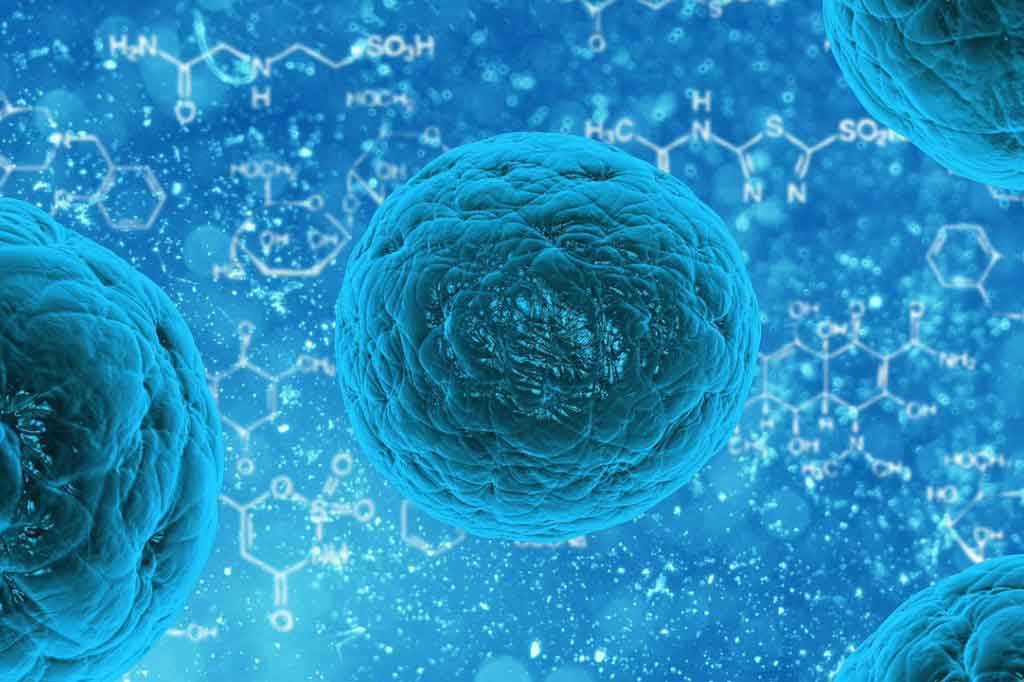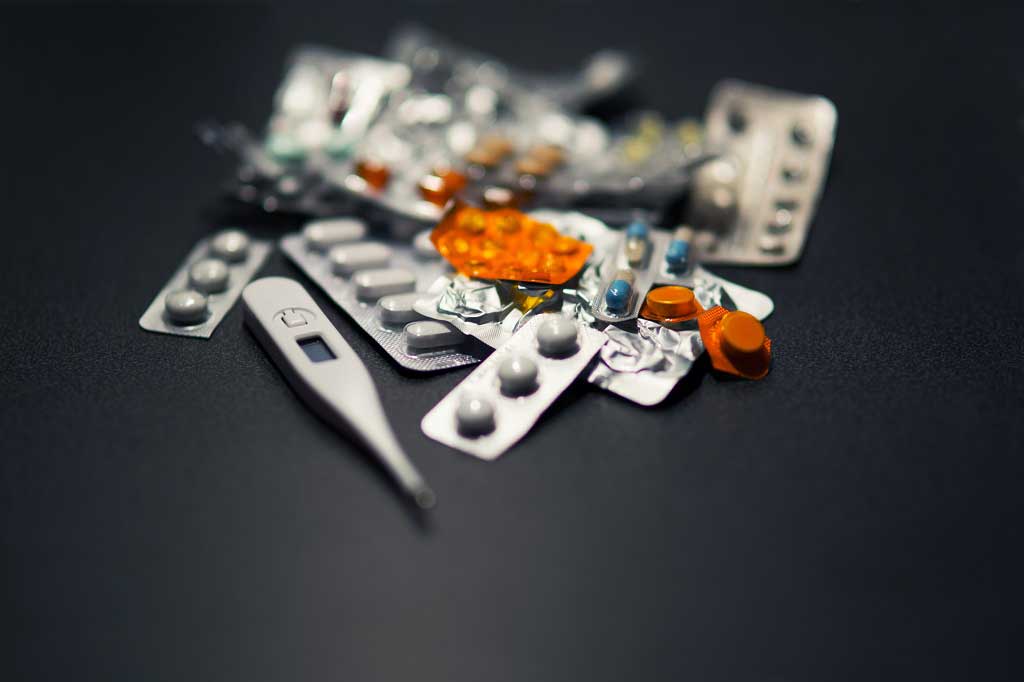Stem cell cancer treatment leaves man 'free' of HIV
Genetics and stem cells

"UK patient 'free' of HIV after stem cell treatment," reports BBC News. Doctors report that a man with HIV, who was given a stem cell transplant to treat his blood cancer, has ...
"UK patient 'free' of HIV after stem cell treatment," reports BBC News.
Doctors report that a man with HIV, who was given a stem cell transplant to treat his blood cancer, has no detectable signs of HIV 18 months after stopping anti-HIV treatment.
The man had Hodgkin lymphoma, a cancer of the lymphatic system (a key part of our immune system).
He received a stem cell transplant from a donor to generate new healthy blood cells. The stem cells given to the man had a natural mutation that protects against infection from some types of HIV.
This is the second such case reported. The first was 10 years ago, in a man known as the "Berlin patient". Some news stories have called the current case the "London patient".
This treatment is unlikely to have potential on a wider scale. The man was given stem cells to treat his lymphoma, not HIV.
Before he had the stem cell transplant, he was given toxic drugs to suppress his own stem cells, which has side effects.
It's also not the first choice to use stem cells from a donor. Doctors will usually try to harvest stem cells from the patient themselves if possible – this was tried and failed in this man.
This case may help researchers looking for new ways to treat HIV. This is particularly important for parts of the world where resistance to antiretroviral (anti-HIV) drugs is common or access to drugs is difficult.
But this case does not mean that a cure for HIV is on the horizon. People with HIV in the UK will continue to take antiretroviral drugs, which can suppress the virus to undetectable levels so it does not cause illness and cannot be passed on.
Where did the story come from?
The doctors and researchers were from University College London, University College London Hospital, Central and North West London NHS Trust, the University of Cambridge, the University of Oxford, Imperial College London, the IrsiCaixa AIDS Research Institute in Spain, and University Medical Center in Utrecht.
Funding came from the Wellcome Trust, Oxford and Cambridge Biomedical Research Centres, and the Foundation for AIDS Research.
The case was reported as an "accelerated article preview" in the peer-reviewed journal Nature, and has been peer-reviewed but not yet edited. A full version of the research will be published at a later date.
The Sun referred to a "miracle cure" for HIV in its headline, which is overly optimistic. But the full story did explain that the treatment would not be appropriate for the millions of people living with HIV.
The story in The Daily Telegraph jumped ahead of the research to suggest that "gene editing could end HIV" by "genetically editing HIV patients". There's nothing in the current case report about gene editing.
The Guardian and BBC News gave balanced reports of the research.
What kind of research was this?
This is a case report. Case reports simply report cases of disease and outcomes in an individual.
They're often published because they allow health professionals to share information about unusual situations or experimental treatments.
But they often relate to the patient's individual circumstances and do not necessarily mean that the situation is relevant to a wider population.
What did the research involve?
Doctors were treating a man who'd been diagnosed with HIV in 2003 and had been receiving antiretroviral treatment since 2012.
He developed Hodgkin lymphoma December 2012. The cancer did not respond to chemotherapy and immune therapy.
Around 2016 doctors tried to harvest the man's own bone marrow stem cells, with the aim they could be re-transplanted to produce healthy new blood cells following intense treatment.
This failed, but they were able to find the man a matched, unrelated donor.
Doctors were able to offer the man donor stem cells that included a naturally occurring genetic mutation affecting the CCR5 co-receptor.
The CCR5 co-receptor is a point on a cell that the HIV virus uses to lock on and infect it. If this co-receptor has this specific mutation, HIV cannot infect the cell by this route.
The patient continued to take antiretroviral drugs while receiving the intense treatment to suppress his own bone marrow.
He continued to take his antiretroviral drugs for 16 months after the transplant. He then stopped taking antiretroviral drugs and had weekly, then later monthly, blood tests to look at his level of HIV infection.
Various tests were used to detect:
- viral load (the amount of HIV in the blood)
- DNA and RNA (ribonucleic acid, similar to DNA) fragments in the blood – a more sensitive HIV test than looking for viral load
- whether HIV could be replicated in blood samples (a technique called quantitative viral outgrowth assay)
Researchers also tested blood samples to see whether newly introduced strains of HIV could infect the man's blood cells.
What were the basic results?
The researchers said viral load "remained undetectable" on all blood tests after the transplant, and did not reappear when the patient stopped taking antiretroviral drugs.
DNA and RNA were both undetectable in repeated samples. Researchers were unable to replicate HIV in blood samples using quantitative viral outgrowth assay.
Researchers found the man's post-transplant blood cells, which included the protective mutation, could not be infected by HIV-1, but they could be infected by a different strain of HIV that used a different, non-CCR5, receptor to lock on to the cells.
The transplant was also successful in putting the man's lymphoma into remission, but after the transplant he experienced a number of problems.
He needed treatment for infections with Epstein-Barr Virus and cytomegalovirus (CMV), and had an episode of host versus graft disease, when the body reacts against the donated stem cells.
But this was mild and resolved without treatment.
How did the researchers interpret the results?
The researchers said this showed that the first case of stem cell treatment leading to HIV cure, the "Berlin patient", was "not an anomaly", and that they had been able to achieve the same results with:
- less toxic drugs
- a single infusion of stem cells (the first patient had 2 stem cell transplants)
- no total body irradiation that the first patient had undergone
They said: "Our observation supports the development of HIV cure strategies based on preventing the expression of the CCR5 coreceptor."
Conclusion
This case report is a good step for HIV research, which may help pave the way towards potential future treatments.
But it's important to know that this is not a "cure" for HIV that can be used widely.
Antiretroviral treatment will remain the main treatment for people with HIV for the foreseeable future.
There are many points to be aware of:
- The treatment was primarily for lymphoma, not HIV.
- Even when stem cell transplant is indicated for the treatment of leukaemia or lymphoma, using the person's own harvested stem cells is still usually the best option as it has greater chances of success and lower risk of complications.
- Case reports only tell us what happened to an individual, not what might happen if lots of people had that treatment – even in people with identical circumstances to this man.
- It would not be possible to find enough genetically matched bone marrow donors with the naturally occurring genetic mutation to treat the 33 million people with HIV, even if that was desirable, safe and ethical.
- The report has not yet been fully edited, so we cannot be sure if there are errors still to be corrected or additional information yet to be published.
But the research does give researchers new information about potential ways to block the virus and prevent it infecting cells.
Hopefully this could help in the development of new treatments in the future.






 Subscribe
Subscribe Ask the doctor
Ask the doctor Rate this article
Rate this article Find products
Find products






